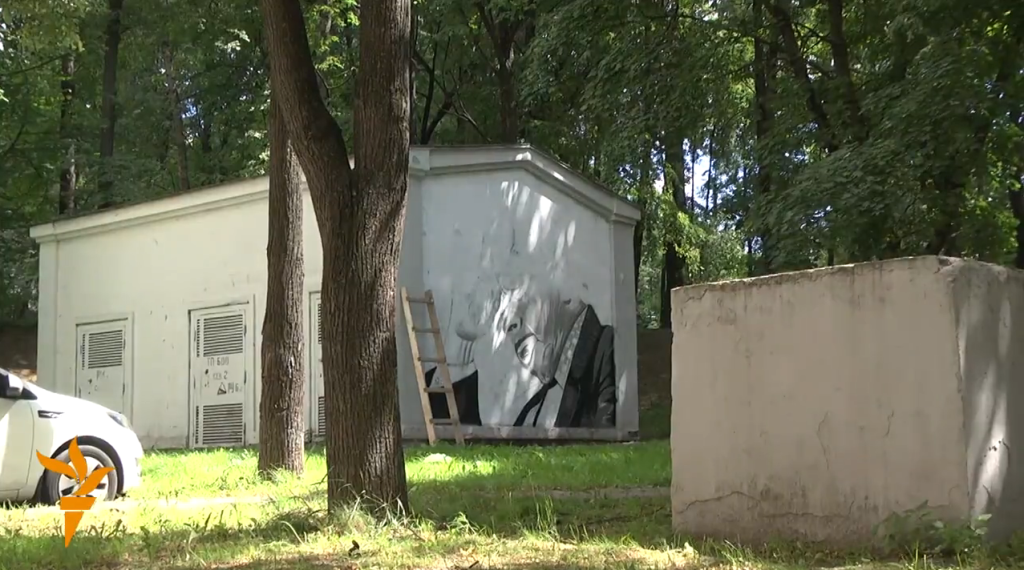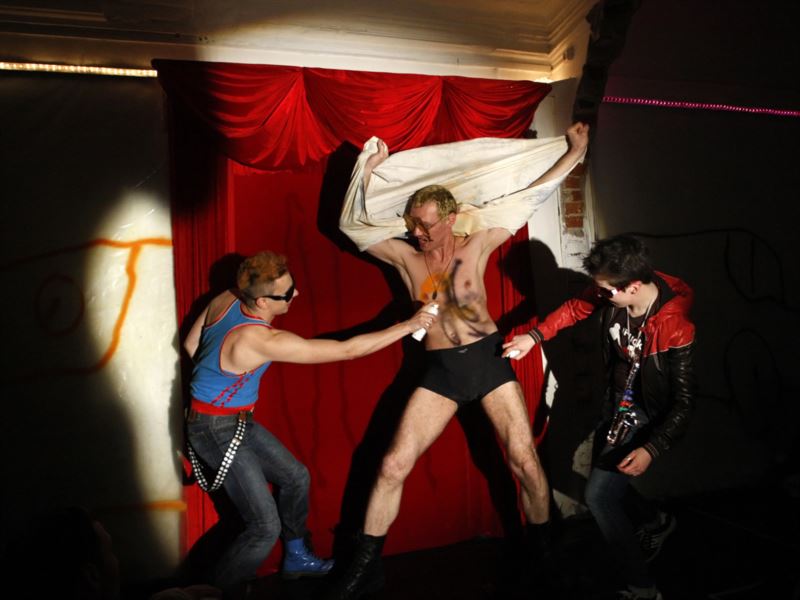On December 26, 1991, the Soviet Union was officially dissolved, and ceased to exist. 23 years later, Belarus’s dictatorship continues to rule as though the Iron Curtain never fell.
A group of artists in Belarus are rising, and expressing their resistance in the face of government oppression.
Since 2006’s Jeans Revolution, peaceful protestors and demonstrators in Belarus, located between Poland and Russia, have grown to expect beatings and arrest as the standard return for taking part in the country’s political discourse. However, a rising tide of artists such as the Belarus Free Theatre are using their performance to show the world an image of life behind the walls of dictatorship.
The film Dangerous Acts Starring Unstable Elements of Belarus, scheduled for a July 7 HBO release, comprises of footage smuggled out of the country detailing the KGB’s targeting and threatening of the Free Theatre and its members’ families.
It is no surprise that Belarusian artists are forced to take their work underground, in a country where human rights activists are evicted from their homes and street artists are detained for honoring the memory of a writer critical to Aleksandr Lukashenko’s government.

The mural of writer Vasil Bykau, critical of the Belarusian regime, which led to the arrest of four street artists.
The question remains, then, as to why Belarus’ dictatorship is so repressive of its own people. The simple truth is that Lukashenko’s regime and Belarus’ economy are almost entirely propped up by the Russian Federation, as political tensions eliminate trade with Europe and the West as an option.
In a time when Russia has ended energy supplies to Ukraine, Belarus’ government remains subservient to Russia’s political will. But in a country where even high heels and lingerie are facing a potential ban, it is clear that Lukashenko’s dictatorial regime is not sustainable.
Belarusian artists recognize this, and are showing the world through their work that life and art behind their country’s still-existent Iron Curtain will thrive despite the government’s objections.

